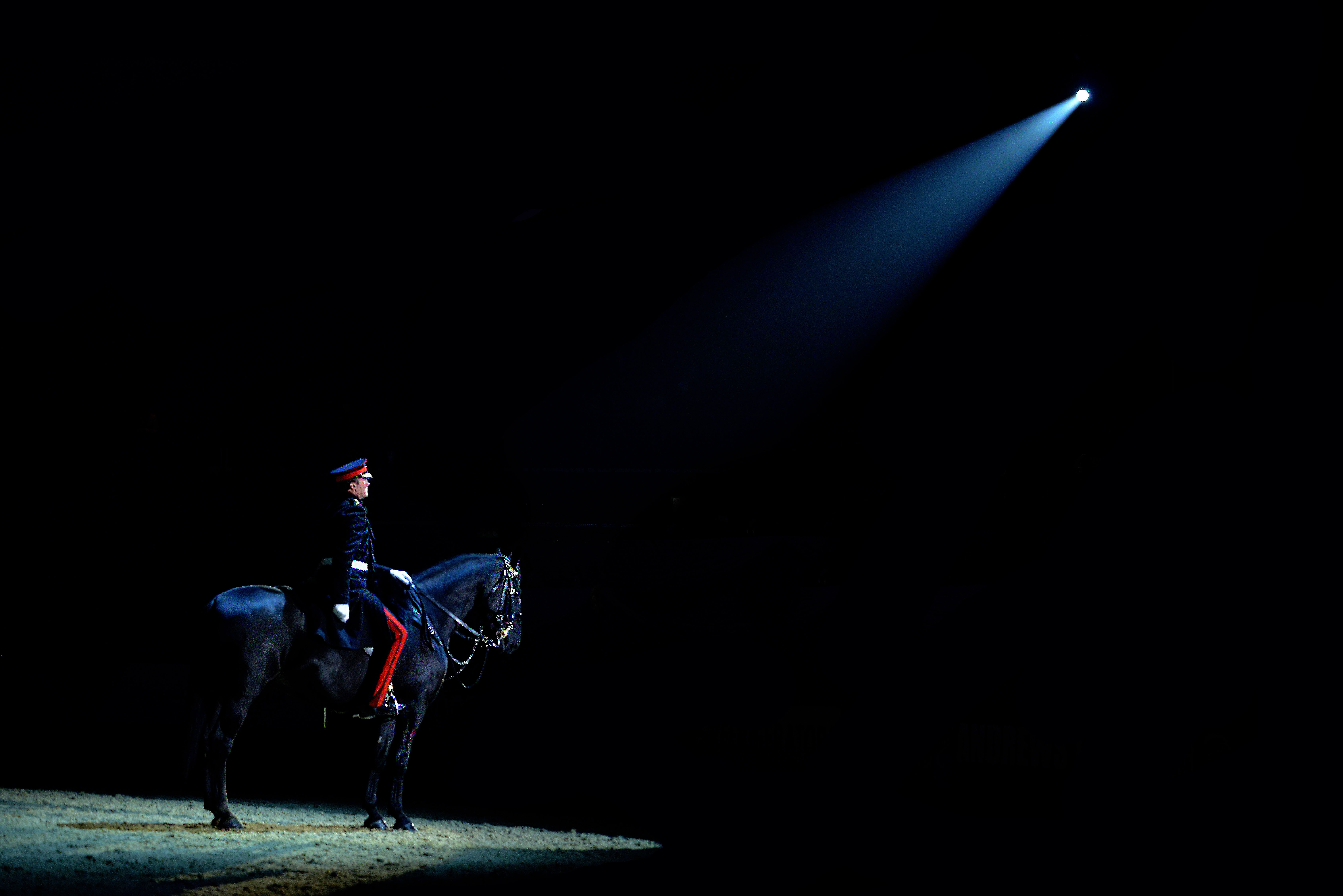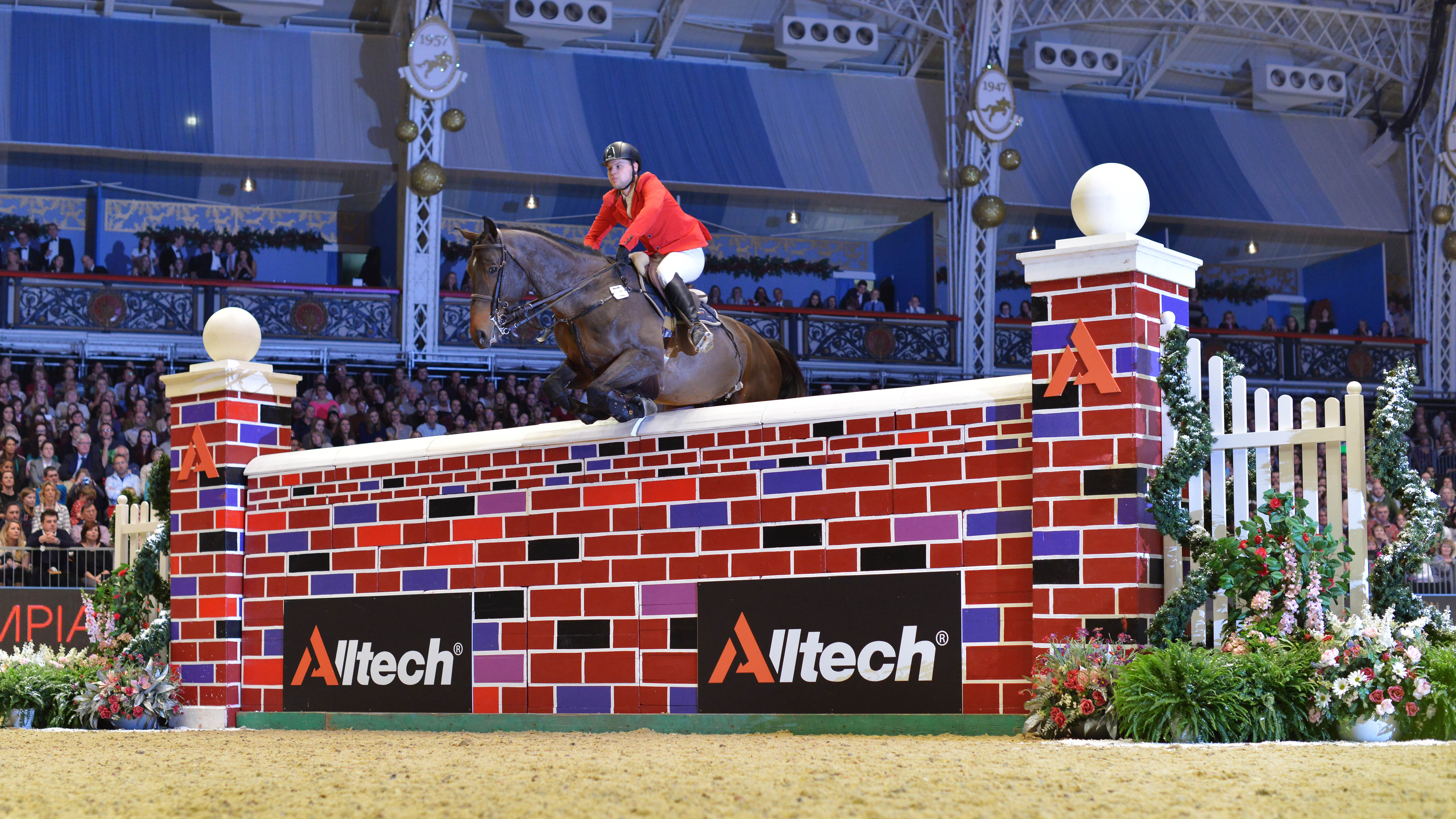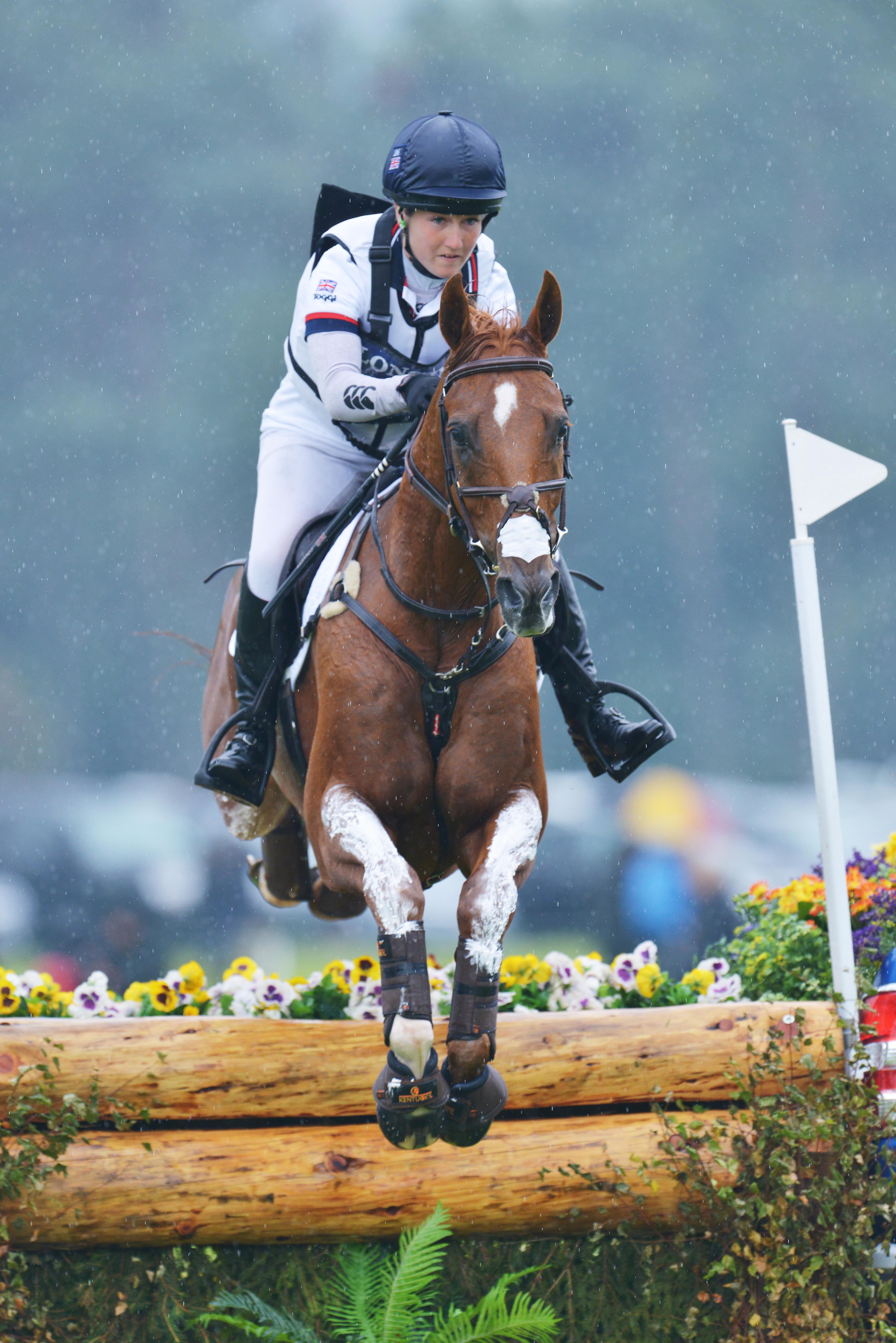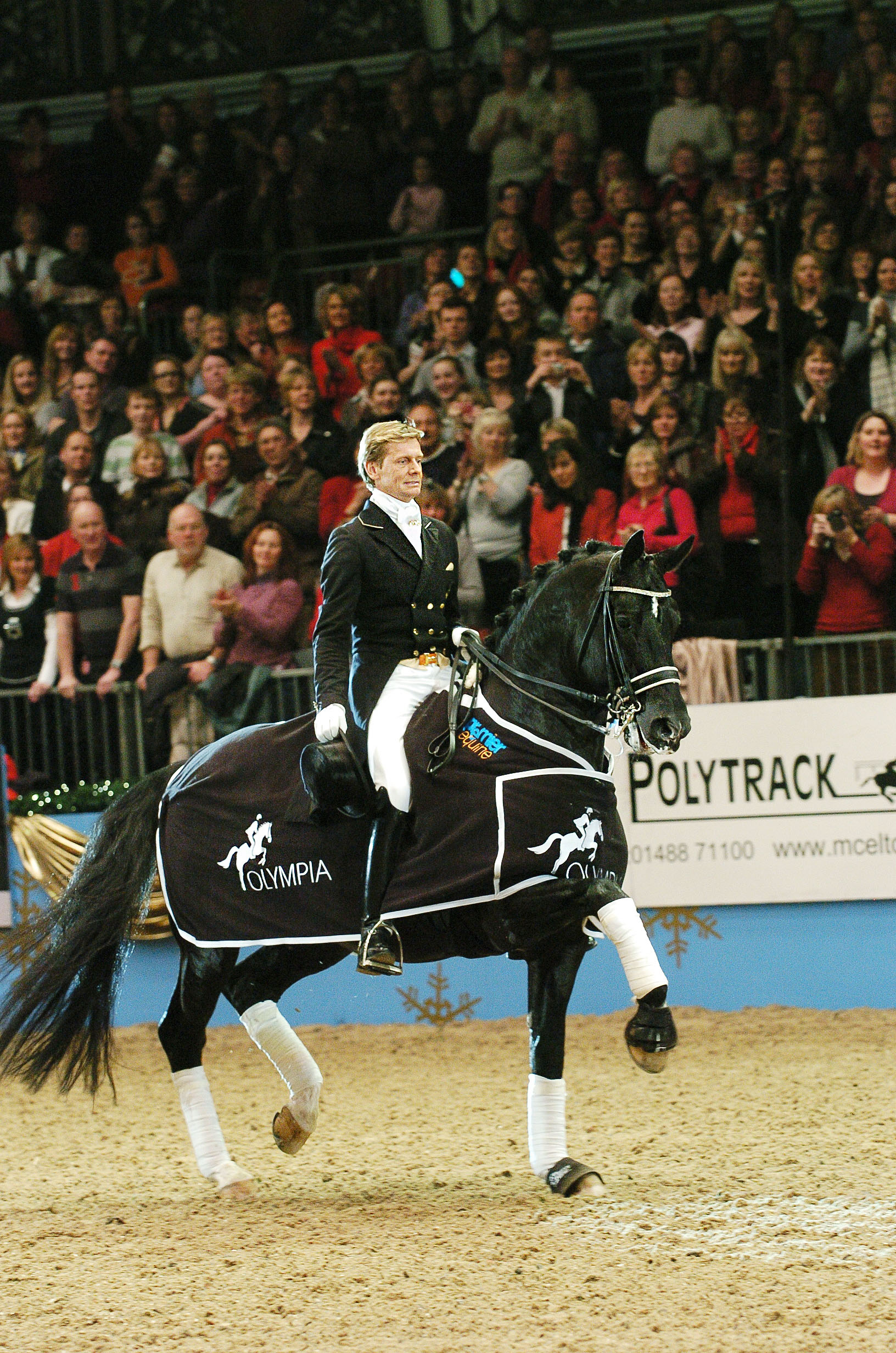
ISO or ASA, depending from what era you started your photography journey, has long been the topic of discussion of many photographers at events. First it was "What speed emulsion are you using?" in the film days, and now "How high have you set your ISO?" in the digital era.
As a pro sports photographer for many years, I have heard this conversation over and over again from those just starting up to the most professional photographers in the game – in fact, it's a kind of 'icebreaker' pitch-side between everyone, much like when you ask someone about the weather before you ask the question you really want to ask.
I've never gone over ISO 2,500 in my whole professional camera spanning two decades. So my serious question is: "Why do we or camera manufacturers obsess over high ISO performance in cameras?"
The available light is the same today as it was when some of the masters of photography were shooting at ASA 8 film, so what's the fixation?

I remember many photographers shooting Ilford's Delta 3,200 – a film stock with an ISO equivariant of 3,200 today – indeed I have seen many photographers shoot this ISO and much higher in 'dark' but all I ever saw was a load of grain or noise in images.
When the Nikon D3S came out I remember one photographer rating its performance at ISO 10,000. Yes, there was a picture at the back of his camera and I nodded politely, but in all honesty, all I saw was pixels, no structure or form.
Some of the best mirrorless cameras today often have a native ISO range of up to 102,400 – or in the case of the Nikon Z9 and others an expandable one up to a massive 204,800. Higher in some cases. And, while I will agree that being able to get a 'picture' when you could not before is remarkable – you're only going to be using it at 72 DPI in the newspaper, because it will look terrible on anything other than newsprint. Magazines are out of the question – trust me, I used to be a printer in another life.

So if these images are terrible, why do most revert to whacking up the ISO in their cameras when the sun goes in or when shooting under floodlights?
I remember being in Austria for a CSI**** equestrian event. It was at night and indoors. At the time I was using a Nikon D2H – a 4-megapixel, camera with a max ISO of 1,600 (and, trust me, you never pushed it that far!)
Myself, and my colleagues all got great images. Why? I believe it's because we all used fast lenses and camera techniques to allow us to shoot a shutter speed well below the 'recommended' advice.
Early on in my career is preferred fast prime lenses and often used them in tandem with a special Nkon 200mm prime with an aperture of f/2 which produces stunning images in the darkest of places stopped down to f/2.2 or f/2.8, and I also used a massive Nikon 600mm f/4 – not once going over ISO 2,500 – and that's only if I really needed too which wasn't very often.

Today as photographers we are spoilt with IBIS and VR/IS (which I never used). Back in the day we used a beanbag to support a show shutter speed shot, we had breathing techniques, using our brains to stay as 'still' as possible. Heck, I even remember supporting my Nikon 200mm f/2 between two big advertising banners to hold it steady while shooting at shutter speeds of 1/100sec.
Even in my much-loved Nikon D800, when that was brand new (some time ago now), ISO 2,500 was the max I was comfortable with. To me ISO 3,200 just looked like a total mess, and all these new cameras supporting ISO 50,000 within their native ISO range are mind-blowing to me – because I will never use it!
Maybe I'm extremely old-fashioned, but how I look at it is this: the old masters of photography were shooting film anywhere between ISO 100 to 800 – so why can't I, I don't need a massive ISO to help capture the image, I need a better understanding of camera craft.







